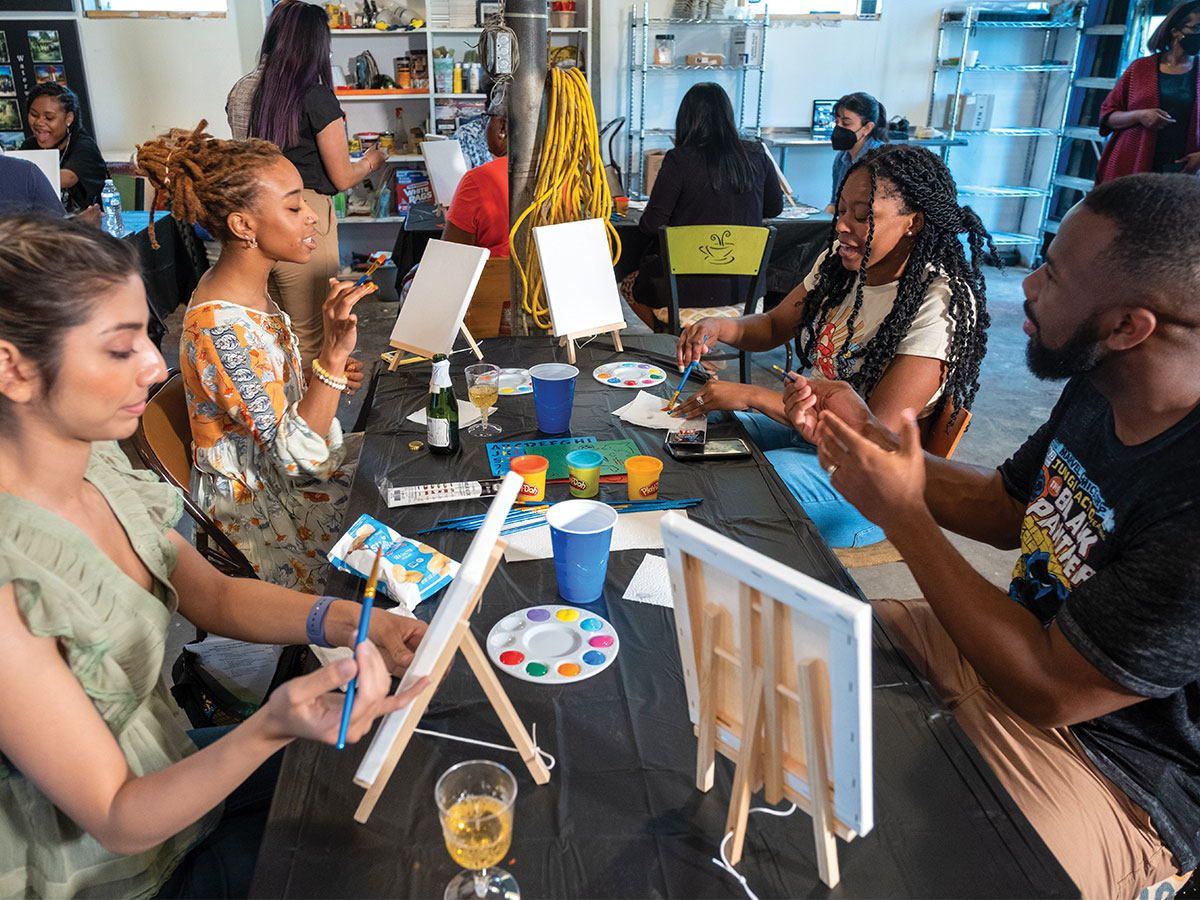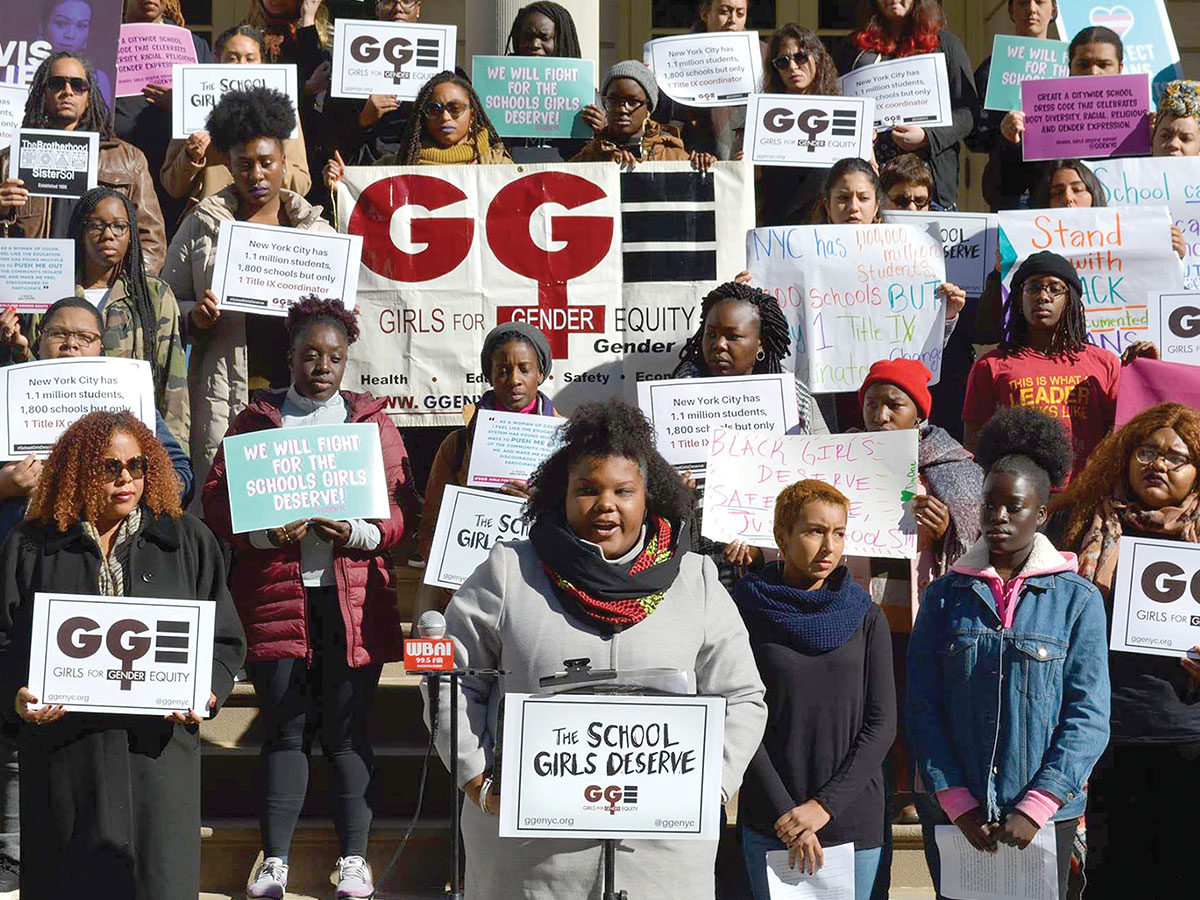When, Who, and How to Ask for Feedback from Your Partners

Grantmaking is a partnership, and you can’t know how effective a partnership is if you aren’t taking active steps to understand your partner’s experiences and needs. To optimize your grantmaking practices, it’s essential that you solicit direct, confidential feedback from your grantees, and then act on it as transparently as possible.
Not only does this process improve your methods, it builds respect and equity, and therefore stronger relationships. That’s what Narrow the Power Gap, one of the Principles for Peak Grantmaking, is all about.
Unfortunately, too many of us – 54 percent, according to the Center for Effective Philanthropy – are not asking for feedback from grantees or applicants. To help you design and lead a two-way feedback process, PEAK has put together the member-exclusive resource How to Collect and Act on Community Feedback. In brief, here are some of the tips it contains for the first part of the equation.
When to ask for feedback:
- Before you embark on a journey to change or improve your grantmaking practices or strategies.
- Before you consider upgrading or changing your online grant application system.
- After you have drafted proposed changes to any part of your process or system. Test-run your ideas with your grantees to identify any unintended consequences.
- After you have made changes to your process or system. Check in with grantees to ensure your changes have improved things for them in the way you hoped.
- At least annually. Collecting feedback should not be a one-time thing; it should be part of an ongoing process of continuous improvement.
Who to ask for feedback:
- Grant applicants and grant recipients
- Community partners engaged in your work outside your grantmaking
- Community residents intended to benefit from your grantmaking
Don’t neglect to ask for feedback from people inside your organization as well, especially to get a sense of internal support for any planned changes. Among the internal stakeholders worth asking are staffers who interact with grantees on a regular basis (like grants and program managers), members on your grant review panels, executive-level decision makers, and board members.
How to ask for feedback:
There are three primary ways to gather feedback:
- Conduct a survey, either produced internally or produced by an outside entity. Surveys are powerful tools for getting a true account of your partners’ experience: a secure space where grantees and applicants can provide anonymous and pointed feedback. Using a formal survey through a philanthropy-serving organization like CEP will not only save staff time but allow for a deeper analytical review of respondent data, and the potential to benchmark against other grantmakers.
- Use an outside evaluator. Third-party evaluations can often yield more “trustworthy” results than those conducted by internal staff because a third-party can be more critical, open, and impartial. They also often have more experience with this kind of work and can compare results about your process with others they have collected over the years.
- Meet for one-on-one debriefings. This option comes with many caveats; foremost, you can’t get honest feedback this way without a strong, trusting relationship already established. You must also create detailed instructions to ensure anyone conducting these meetings is consistent in the questions they ask and the way they record answers. However, even with those factors accounted for, this method is less comprehensive and “scientific” than the other options, better suited as a follow-up to a survey or evaluation where you can discuss their responses in a more personal setting.
For more detailed advice on the points above, plus case studies, a three-step process for getting started, and sample questions for grantees, be sure to check out the full, member-exclusive guide: How to Collect and Act on Community Feedback.
Image courtesy of Jonathan Torgovnik/Getty Images/Images of Empowerment


